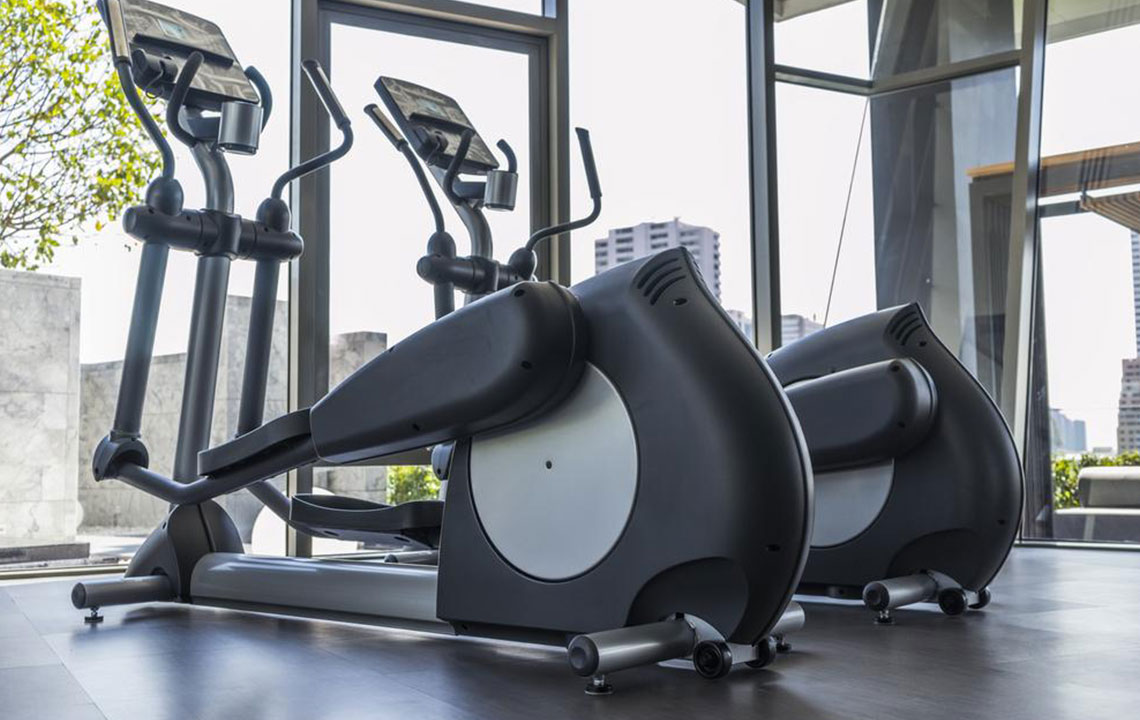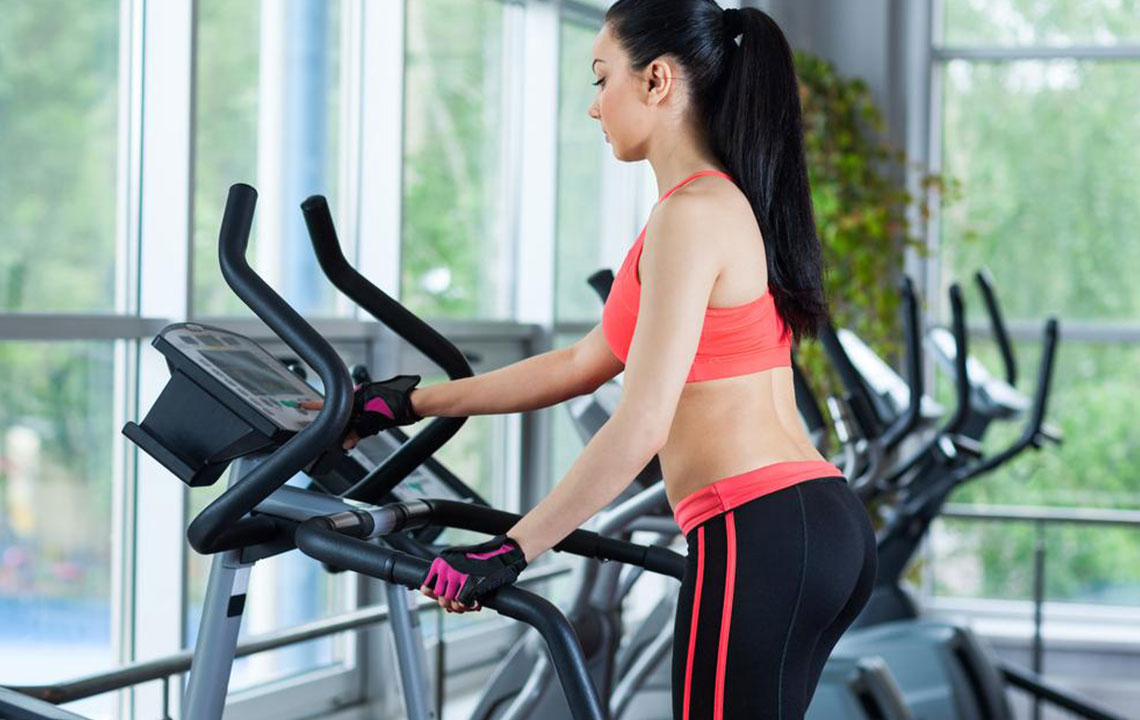Comprehensive Guide to Essential Components of Elliptical Trainers for Optimal Performance
This comprehensive guide explores the key components of elliptical trainers, including drive systems, flywheels, pedals, and control panels. Understanding these parts helps users optimize their workouts, choose suitable models, and maintain their equipment for lasting performance. Learn about various drive configurations, pedal features, and maintenance tips to enhance your elliptical experience and ensure safe, effective exercise routines. Perfect for fitness enthusiasts seeking in-depth knowledge about elliptical trainers and how to maximize their investment.

Elliptical trainers have become a staple in modern fitness routines due to their ability to deliver low-impact, full-body workouts. Whether you're a seasoned athlete or a beginner looking to improve cardiovascular health, understanding the core components of an elliptical trainer can significantly enhance your exercise experience and ensure proper maintenance. In this comprehensive guide, we will delve into the most important parts of an elliptical, explaining their functions, types, and tips for optimal use and upkeep.
One of the main features of an elliptical trainer is its drive system, which plays a crucial role in delivering smooth and consistent movement. At the heart of this system is the flywheel—a component that has a significant impact on the machine's performance, noise levels, and overall feel. The flywheel's weight, typically ranging from about 13 to 35 pounds depending on the model, determines how fluid the workout experience is. Heavier flywheels provide more inertia, leading to smoother operation and greater resistance, which benefits serious users seeking a gym-like workout at home. Ellipticals can have different drive configurations, such as front-drive, rear-drive, and center-drive models. Front-drive ellipticals are the most common for home use, prized for their compact size and affordability. Rear-drive ellipticals often provide a more natural motion pattern and are favored by enthusiasts who want a more intense workout. Center-drive models are known for their ergonomic design and compact footprint, making them ideal for limited spaces.
When selecting an elliptical trainer, consider the drive system's quality and configuration, as these influence not just the workout quality but also the noise levels and maintenance needs. A well-maintained drive system ensures smooth pedaling and reduces mechanical squeaks or noises. Routine lubrication of the rollers and other moving parts can prevent squeaking and prolong the lifespan of the equipment.
Another vital component is the pedal system, which directly impacts user comfort and safety. Pedals come in various sizes, shapes, and features to accommodate users of different heights and preferences. Quality pedals often feature cushioning, non-slip surfaces, and adjustable inclines to support proper foot positioning. Advanced models might include pivoting or tilting pedals, allowing natural foot movement and reducing joint stress. Adjustable pedal positions maximize comfort during extended workouts, helping prevent fatigue and discomfort. The proper fit and ergonomic design of pedals are essential for maintaining good posture, preventing injuries, and enhancing workout effectiveness.
In addition to the drive system and pedals, electronic controls form an integral part of modern ellipticals. These controls allow users to select workout programs, monitor vital stats such as heart rate, speed, distance, and calories burned. Many ellipticals include features like pre-set workout programs, goal tracking, and compatibility with fitness apps, making workouts more engaging and personalized. Durability and user-friendly interfaces are qualities to look for, along with reliable warranty coverage that protects your investment.
Furthermore, other elements such as handlebars, display screens, and safety features enhance the workout experience. Moving handlebars not only help in engaging the upper body but also offer stability and support. Display screens should be easy to read and navigate, providing real-time feedback. Safety features such as emergency stop buttons and sturdy frame construction are essential for secure workouts.
To ensure longevity and peak performance of your elliptical trainer, regular maintenance is necessary. Cleaning the machine, inspecting moving parts, and ensuring all bolts and screws are tight can prevent breakdowns. If you notice unusual noises or reduced smoothness during operation, addressing these issues promptly through lubrication or component replacement can save costs down the line.
In conclusion, understanding the essential components of an elliptical trainer—from the drive system and flywheel to pedals and electronic controls—can significantly enhance your workout quality and maintenance practices. By choosing the right configuration and maintaining your equipment properly, you can enjoy a safe, effective, and enjoyable fitness journey tailored to your individual needs. Whether for improving cardiovascular health, building strength, or weight loss, a well-understood elliptical trainer can be a valuable addition to your health and fitness regimen.




